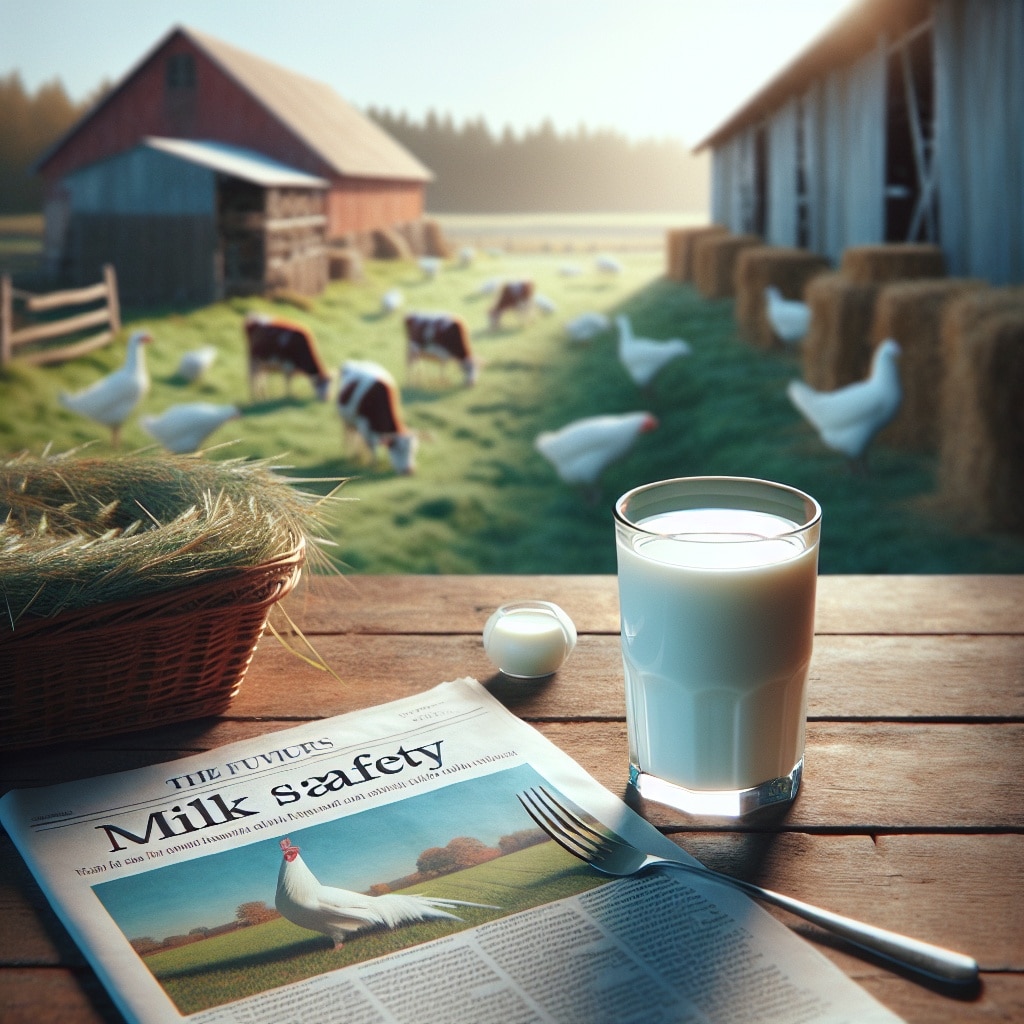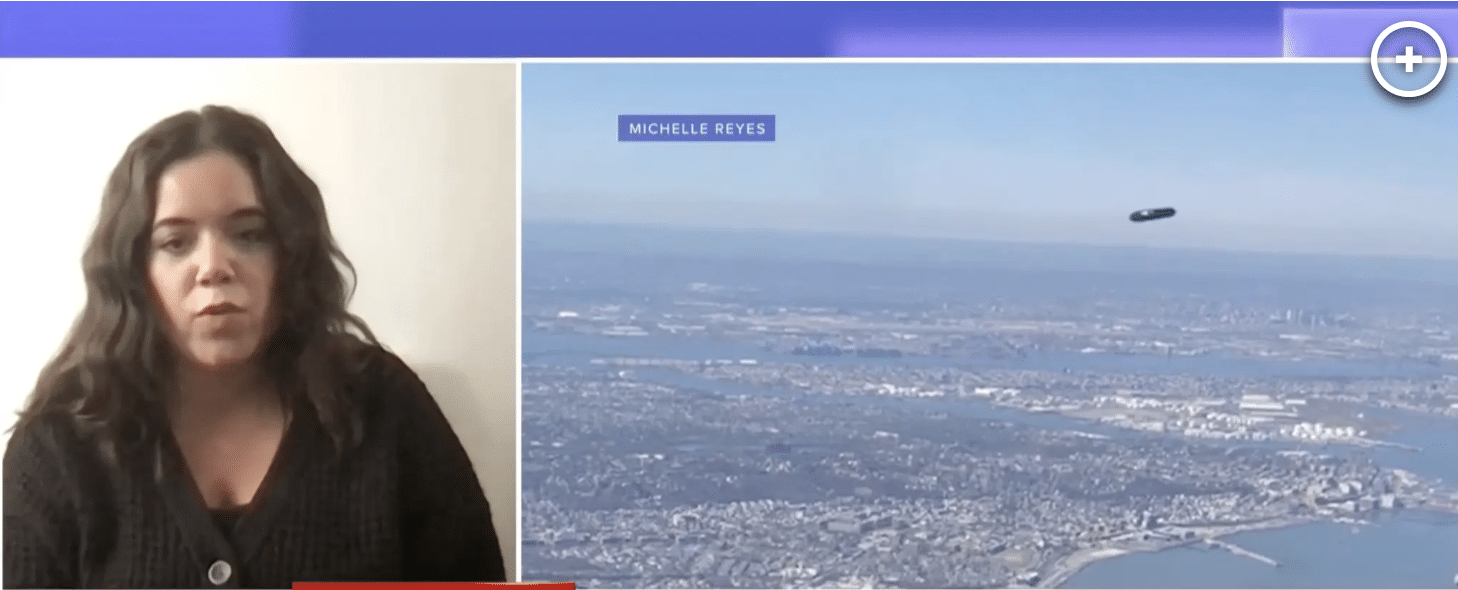(ETH) – A dramatic meteorological event began unfolding high above the North Pole on January 5th that is being called a sudden stratospheric warming (SSW) event.
The stratosphere is defined as the layer of the atmosphere from around 10-50km above the earth’s surface. According to the report, these SSW events are some of the most extreme of atmospheric phenomena and can produce polar stratospheric temperature increases by up to 50°C over the course of a few days which can result in bringing bitter cold weather, which often results in snowstorms.
The infamous 2018 “Beast from the East” is a stark reminder of what an SSW can bring. The disturbance in the stratosphere can be transmitted downward and if this continues to the earth’s surface, there can be a shift in the jet stream, leading to unusually cold weather across Europe and Northern Asia.
It can take a number of weeks for the signal to reach the surface, or the process may only take a few days. A deadly snowstorm that was caused by a large arctic air mass with an anticyclonic structure and deemed the “Beast from the East” began on February 22, 2018, that brought a bitter cold wave to Great Britain and Ireland dumping large amounts of snow and sub-zero temperatures resulting in Ireland experiencing its worst winter in 30 years.
Now experts are warning that we could potentially see a repeat of this deadly combination in the coming days. The report from Scitechdaily stated: “Lead author of the study, Dr. Richard Hall, said there was an increased chance of extreme cold, and potentially snow, over the next week or two.:
“While an extreme cold weather event is not a certainty, around two-thirds of SSWs have a significant impact on surface weather. What’s more, today’s SSW is potentially the most dangerous kind, where the polar vortex splits into two smaller ‘child’ vortices.”
“The extreme cold weather that these polar vortex breakdowns bring is a stark reminder of how suddenly our weather can flip. Even with climate change warming our planet, these events will still occur, meaning we must be adaptable to an ever more extreme range of temperatures,” said Dann Mitchell, Associate Professor of Atmospheric Science at the University of Bristol and co-author of the study”.

















